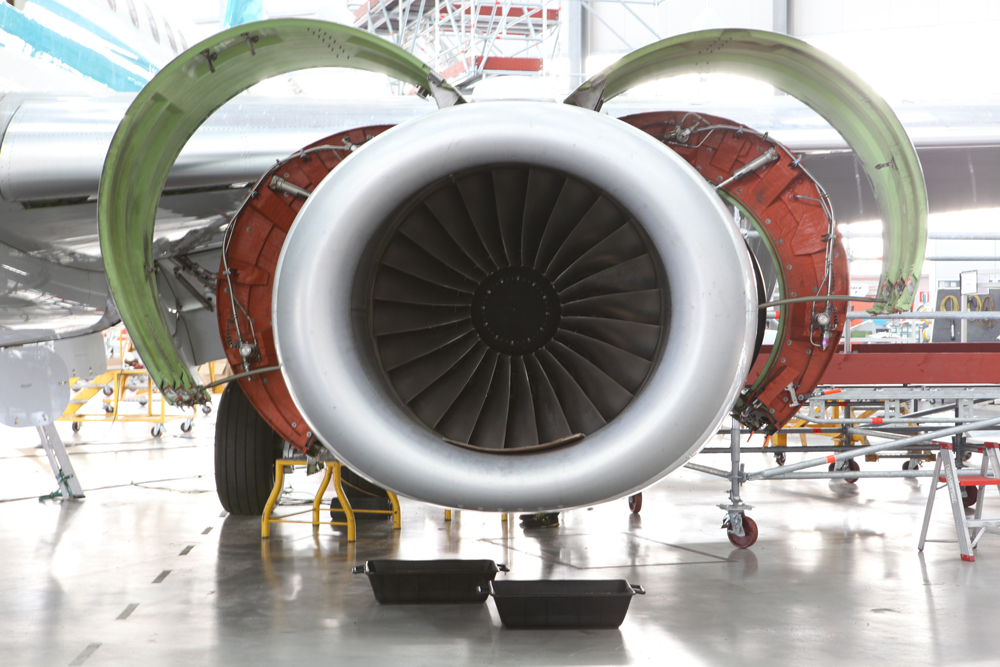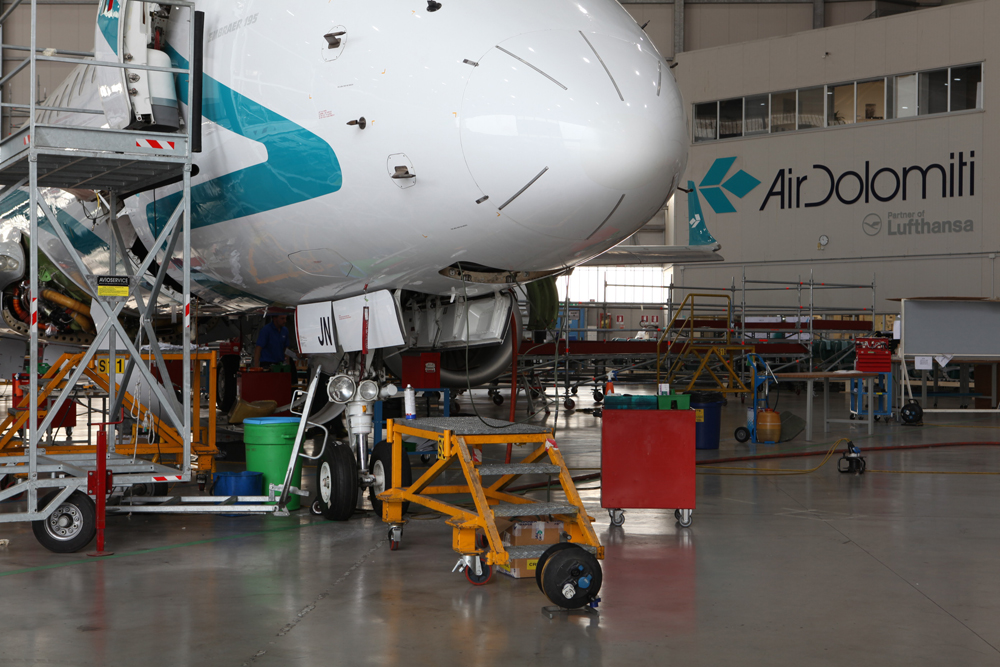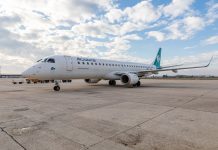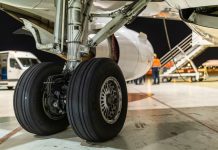Safety is the most important thing when it comes to aviation.
Some people may wonder why aeroplanes are equipped with two engines and two radios, but our geekiest readers know that some aeroplanes also have two (sometimes even three) FCS, which stands for Flight Control System, all the flight control instruments and systems.
Let’s take a step back. In reliability engineering, redundancy is defined as the existence of more than one means for accomplishing a given task in order to ensure that the system remains complete in the event of a failure. Simply put, redundancy is not just replacing a flat tyre with a spare, but a spare tyre which fits itself should another tyre suffer any damage.

This principle is fundamental in order to maximise the reliability of a system, even if it does increase the complexity due to the superimposition of different tools performing the same function. To go back to our example, the benefit of having a spare tyre in the boot obviously far outweighs having extra room for our bags.
All critical systems need one or more back-up. RAT (Ram Air Turbine) is a good example of redundancy. In extremely rare instances when aeroplanes lose power, the RAT deploys from the aeroplane’s wing or fuselage and rotates to extract sufficient power from the airstream to control and land the aircraft.
Regarding the two sets of control equipment, the presence of two pilots in the cockpit also begins to make sense now. Having a pilot and a co-pilot is similar to the concept of redundancy.
We can find redundancy in Plane Speaking too, a topic we’ll talk about in one of our next posts. Magic words such as “Read Back” and “Say Again” are used to duplicate a message and, with that duplication, give operators the confidence that everything will go well.




